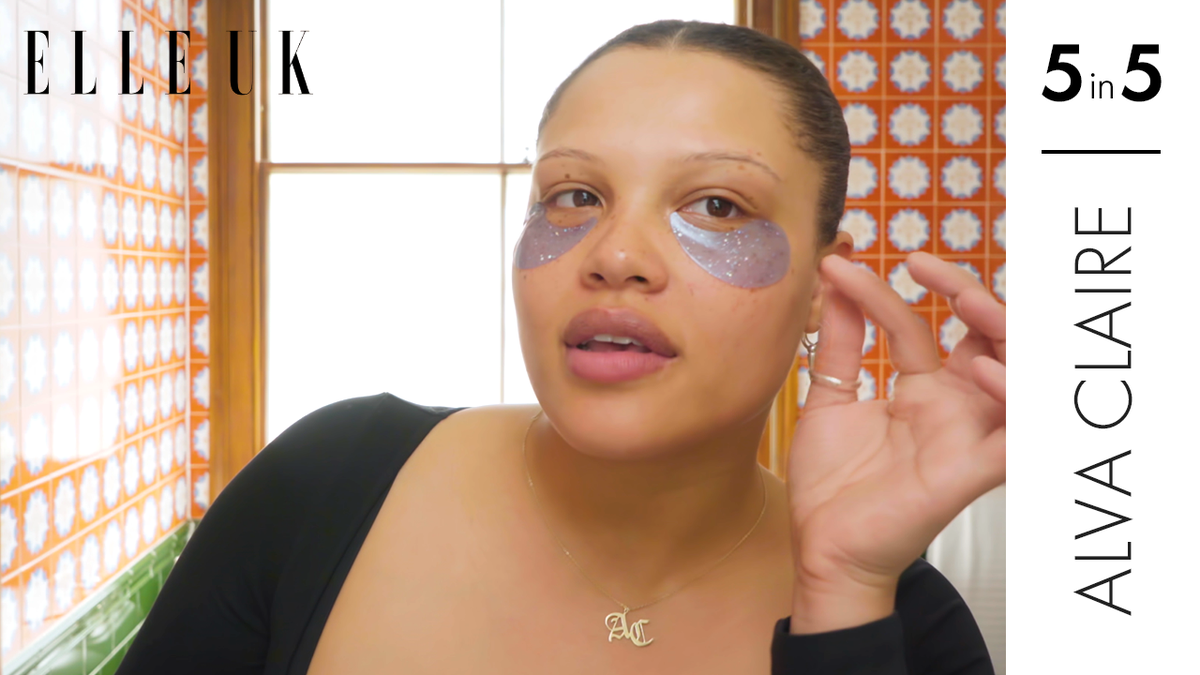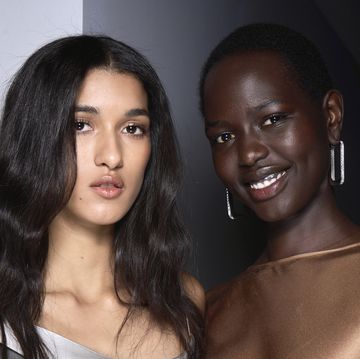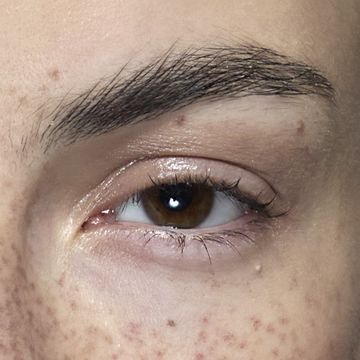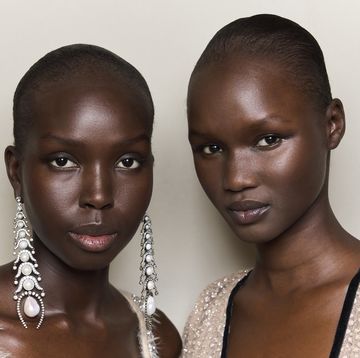We’re pummelled, pricked and peeled, all in the name of beauty. In fact, it’s not uncommon to see many a famous face flushed with freckles of blood after a 'vampire' facial, lying down for laser, or adorned with a neck full of acupuncture needles as you scroll through your Instagram feed. And I know I’m not alone in thinking the more torturous a treatment looks, the more it must be working. Of course, this isn’t strictly true. Although, writing this while the stabbing sensation of 3,000,000 spicules (incredibly small needle-like structures) in my face three days after an SQT facial was still going strong, I knew I’d stumbled across something interesting.
Many of us are aware of microneedling. Dating back to 1995, the treatment is nothing new. Although one scroll through social media will prove its continued popularity with many pictures of red-raw skin and sore-looking faces beaming beneath speckles of blood. The result: improved skin texture and tone, reduced fine lines and wrinkles, and faded acne scars and hyperpigmentation. But it’s not without its cons: slight bruising, severe redness and a small risk of infection, all included.
'Traditional microneedling, also known as collagen induction therapy, is a skincare procedure that involves creating controlled micro-injuries on the skin’s surface using a handheld device called a derma roller or a derma pen,' shared Dr Ejikeme, Medical Consultant and Founder of Adonia Medical Clinic. 'These devices consist of multiple tiny needles that puncture the skin at a specific depth,' she continued. 'These micro-injuries stimulate the body’s natural healing response, triggering the production of collagen and elastin, which are essential proteins that help maintain the skin’s structure, firmness, and elasticity.'
But while it can yield impressive results, the sometimes multiple-day downtime and intimidating immediate effect, for some, is a deal breaker. Which is where the SQT facial sets itself apart. With no blood, (almost) no redness and no needling device, it does away with almost everything you’d expect from a microneedling procedure. In place of a derma roller or a derma pen, the SQT facial uses spicules from a freshwater sponge. Although, if this makes them sound soft and squishy, I can assure you, they couldn’t be further from it.
These ‘natural needles’ are measured in the micrometre (one-thousandth of a millimetre), making them much tinier than the 0.5 to 2.5-millimetre diameter of a derma roller, and look like dust to the naked eye or a sharp crystal rod underneath a microscope. These strikingly small spicules are then combined with a liquid called fibronectin. This, as the UK managing director of SQT and my treatment practitioner, Ashley Wady, explained, 'is fantastic at wound healing and improving hydration in the skin.'
As no instruments are involved, the application of these spicules is definitely different to the norm. Instead of being stamped or rolled, they’re massaged into the skin by the gloved hands of the practitioner, much like any cleanser or cream. Yet the feeling is far from soothing. Wady best described it as 'rubbing sand on sunburn', and that’s the sensation to a tee. Although it’s not necessarily painful in the sense you’d want to jump from your seat, it’s uncomfortable enough for a gritted teeth inhalation. And this feeling doesn’t fade fast.
As the spicules move down to the basal layer of the skin – 'where pigmentation lies,' according to Wady – with no stamp, roller or pen to pull them back, they stay in your skin until they fall out. So while, to the outside world, you may not look like you’ve had a face full of needles, inside, you feel them in full force. And every wisp of hair, finger graze, or even a brisk breeze will remind you even more so of their presence. Sleeping sideways on a pillow proved impossible, as did applying SPF, and I couldn’t bear to bring myself to cleanse my face for around four days despite large portions of it now peeling. Dr Ejikeme listed this as a major downside to the treatment, sharing that the severity of the spicule retention discomfort will vary between individuals, alongside 'the limited scientific basis behind the spicules’ effectiveness or potential long-term results.' Although my results appeared rather fast.
'Instead of taking 28 days for you to see your results (the standard time for most microneedling treatments), you’ll see your SQT skin change happen over seven days because that basal skin cell has been activated,' shared Wady. And once the spicules started to fade, naturally falling out until one day my skin no longer stung, I saw the change myself. A much brighter, smoother and more evened-toned face started back at me in the mirror. Acne scars around my mouth and chin had noticeably subsided, and fine lines across my forehead had faded. It didn’t do much for the dark circles under my eyes, but I was certainly close to the glossy ‘glass skin’ seen on social media. It’s also the first type of microneedling treatment suitable to be used on active acne, meaning all skin tones, types, and textures can experience it.
So, would I sleep with 3,000,000 needles in my face again? Absolutely.
















